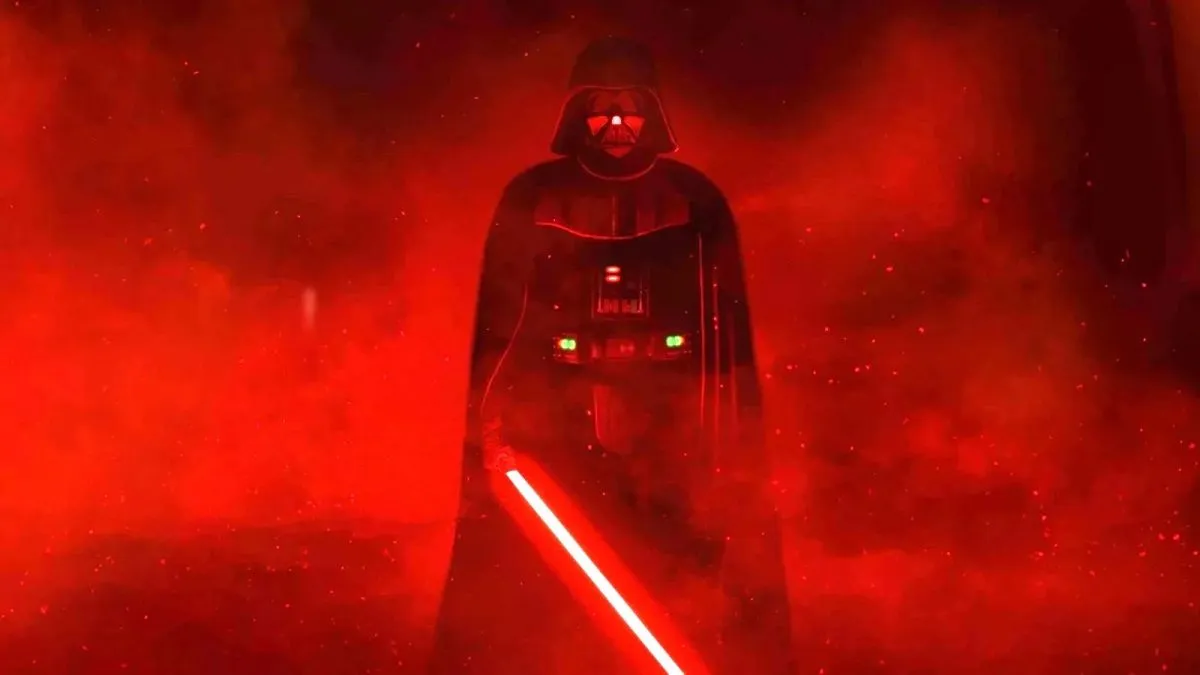It’s said that revenge is a dish best served cold, but The Revenant works better as an argument for the opposition. Set against a snowy, frozen tundra, Alejandro González Iñárritu’s latest film is a harrowing, yet trying tale of simplistic revenge. You take from me, I take from you. That’s it. There’s no wild plot shifts, or hidden messages. Only cinematic beauty that Iñárritu has already shown he’s capable of, and 156 minutes worth of Leonardo DiCaprio braving harsh environmental elements for Oscar glory.
The Revenant is a stunning film – not just in scenic beauty and agonizing bleakness, but also in the audacious belief that its wintery nothingness deserves two-and-a-half hours worth of brooding, relentless anguish. We’re in for the long-haul, no ifs, ands, or snowy Leo butts about it.
DiCaprio stars as Hugh Glass, a frontiersman tracker who is tasked with leading a group of pelt-collectors away from their Native American pursuers. Along with his son, a halfbreed named Hawk (Forrest Goodluck), Glass makes his way through vast wilderness landscapes until he crosses paths with a bear that leaves him for dead.
Two of the party members stay behind with Glass as he desperately clings to life, but one of the men, John Fitzgerald (Tom Hardy), has his own agenda. Seeing the act as futile, he tries to put Glass out of his misery when no one is watching, but Hawk intervenes – an act that Fitzgerald kills him for. Glass, immobile but aware, helplessly watches as his son is brutally murdered. Fitzgerald thinks the deed is done, but Glass’ will is much stronger than expected, which he proves by nursing himself back to life with only thoughts of revenge as motivation.
In many ways, The Revenant is a less-interesting clone of Nicolas Winding Refn’s Drive (set in colonial times). Their protagonists rarely utter dialogue, each filmmaker showcases heightened cinematic styles, and both films run a bit longer than they should. Iñárritu’s elongated one-shots are just as prolific as Refn’s attention to color palettes, and unexpected bouts of relentless brutality bring just as much squeamish surprise as Gosling’s skull-crushing boot stomp. There are many parallels between the two film’s formulas, but The Revenant moves just a bit slower – keep that in mind for those of you who couldn’t stand the sluggish monotony of Drive.
Iñárritu is damn talented at what he does, though. The Native American siege that kickstarts Glass’ treacherous journey is horrifying in its portrayal of primal warfare. Arrows whiz by the camera before impaling frantic trappers, as cinematographer Emmanuel Lubezki captures the attack by fluidly moving from one soldier’s face to the next. The camera fixates on the reactions of warriors, both Indian and Colonial, telling war through their enraged intensity and painful anguish. It’s no Birdman, but the few long-takes we get are comprised of the same engaging qualities that keep action fierce, focused and furious.
Now to the real question on everyone’s mind – is all the self-inflicted punishment worth Leo’s first Oscar statue? I hope so, because there’s no telling the lengths that DiCaprio will go if he’s denied Academy recognition this time around. What more can this man do? Is subjecting himself to sub-zero water temperatures, bloody animal maulings, and what can only be described as an homage to Luke Skywalker’s Tauntaun sleeping bag not enough?
Dare I say it’s finally Leo’s time, not solely because we feel for the loss of humanity that Hugh Glass suffers through, but also because there’s no stronger case for any other actor in this years crop. There are some truly good roles in even better movies, but have we witnessed anything in equal greatness? My qualms are not with DiCaprio’s Phoenix-like rebirth as a father left with nothing, but instead the long lengths of time we’re forced to spend with the broken fragments of (Hugh) Glass. DiCaprio shouldn’t be punished for that – nor should his academy hopes.
The film’s younger stars – Will Poulter, Domhnall Gleeson, and Forrest Goodluck – offer intriguing perspectives from different kids who are forced to find success amongst more weathered veterans. Their fear and innocence highlight a time in history when boys matured into men amidst violence and danger, where some turn into dastardly bastards like Hardy’s Fitzgerald – the film’s cartoonish antagonist. Most of his lines are evil to the point of being unnecessary, as reason never once enters his native-hating mind. He’s the “realist” of the group, but his constant barrage of hatespeak becomes too oppressively obvious over time. Where Glass is an immensely deep personality, Fitzgerald is painstakingly one-dimensional – much like the film itself.
In The Revenant, everything is expected. Hugh Glass is a man looking for revenge, John Fitzgerald is his wily target, and the Native Americans just want to kill everyone. It’s a test of wills, an exploration of courage, and a drastic scenario of being pushed to the brink – but it’s never an OUTSTANDING version of any such theme. Overpowering visuals distract from an undercooked story that could have easily been wrapped up in under two hours, as Iñárritu’s graceful cinematics lose their hypnotic qualities after Glass’ umpteenth scene spent in complete silence. He’s a magician of technical wonderment, but Iñárritu’s smoke-and-mirrors charade just doesn’t prove strong enough to outlast a marathon runtime that makes you feel every brooding second – for better or worse.




















